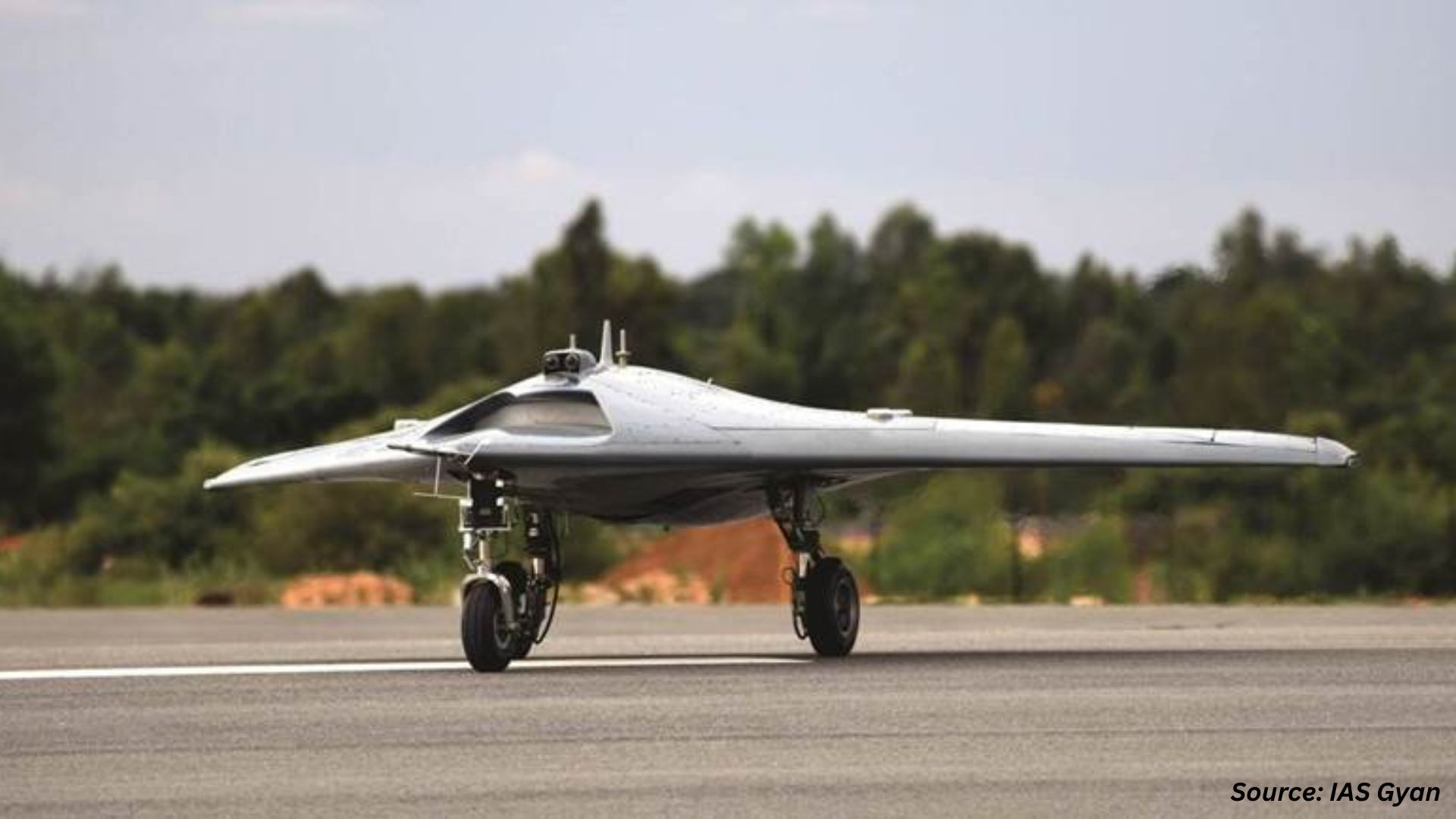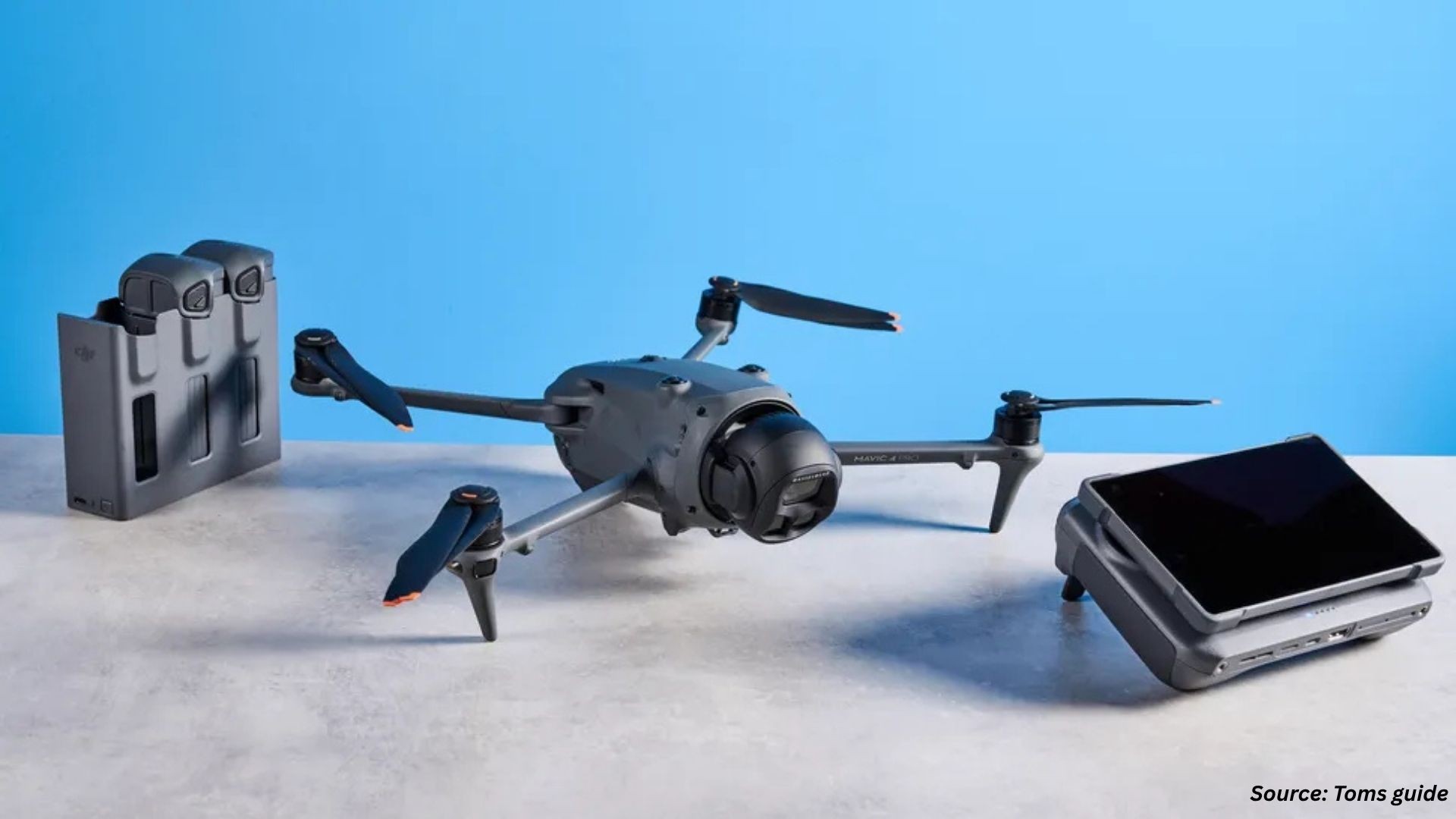
Australia Unmanned Ground Vehicle Market by Mode of Operation (Teleoperated and Autonomous), by Mode of Locomotion (Tracked, Wheeled, Legged, and Hybrid), by Size (Small, Medium, and Heavy), and by End-User Industry (Military & Defense, Agriculture, Mining, Law Enforcement, and Others) – Opportunity Analysis and Industry Forecast, 2024–2030
Industry: Aerospace & Defense | Publish Date: 18-Dec-2024 | No of Pages: 129 | No. of Tables: 96 | No. of Figures: 61 | Format: PDF | Report Code : AD2589
Australia Unmanned Ground Vehicle Market Overview:
The Australia Unmanned Ground Vehicle Market size was valued at USD 11.5 million in 2023, and is predicted to reach USD 28.1 million by 2030, with a CAGR of 12.3% from 2024 to 2030. In terms of volume, the market size was 190 units in 2023, and is projected to reach 568 units by 2030, with a CAGR of 16.9% from 2024 to 2030.
Unmanned ground vehicles (UGVs) are robotic systems engineered to operate autonomously on land without human intervention. They come in various sizes, ranging from small and agile units to larger, more robust models capable of navigating challenging terrain. While some UGVs are specialized for specific tasks such as pipeline inspection or hazardous material handling, others offer adaptability for various applications. Equipped with sensors, cameras, and specialized equipment, these vehicles are capable of performing a wide range of tasks. UGVs are utilized for inspection, surveillance, mapping, and search and rescue operations. They are deployed in hazardous, repetitive, or contaminated environments, including urban, rural, and off-road settings.
UGVs find applications across military, search and rescue, agricultural, and transportation sectors. They operate autonomously, relying on advanced navigation systems, or they can be remotely controlled by human operators. One of the key advantages of UGVs is their ability to navigate and perform tasks in environments deemed too hazardous or inaccessible for humans, such as bomb disposal, hazardous material inspection, or search and rescue missions in collapsed structures. Additionally, UGVs excel in tasks that are repetitive or monotonous for humans, including surveillance and patrolling. Furthermore, they play a crucial role in agriculture and forestry by aiding in tasks such as crop monitoring, mapping, and inspection of irrigation systems.
The Growing Use of UGVs in Commercial and Industrial Applications is Driving the Australia Unmanned Ground Vehicle Market
The increase in the use of Unmanned Ground Vehicles (UGVs) in commercial and industrial applications acts as a major driver for Australia unmanned ground vehicle market growth. Various sectors, including agriculture, transportation, and logistics, are increasingly incorporating UGVs into their operations, a trend expected to persist as companies seek ways to reduce costs and enhance efficiency. In agriculture, UGVs are utilized for tasks such as crop monitoring and pest control, enhancing productivity while reducing the need for manual labor. Similarly, in transportation and logistics, they can be used for tasks such as package delivery, reducing the need for human drivers. The use of UGVs in commercial and industrial applications results in increased productivity and cost savings, as these vehicles can operate around the clock without breaks. Therefore, the growth in the use of UGVs in commercial and industrial applications is further expected to drive the growth of the unmanned ground vehicle market.
Increasing Adoption of UGVs in Military and Defense is Fueling the Australia Unmanned Ground Vehicle Market
The rise in the adoption of UGVs within military and defense organizations is a key driver of the unmanned ground vehicle (UGV) market. Their increasing use in military operations is expected to continue in the future as militaries worldwide seek to reduce the number of soldiers deployed in combat situations. UGVs serve various functions in the military and defense sector, including logistics, bomb disposal, and surveillance. Operating in hazardous environments, they perform tasks that are highly dangerous. UGVs offer a safer and more efficient alternative to human labor, reducing the risk to personnel and improving efficiency in various operations. Additionally, UGVs used in military and defense operations provide greater flexibility and adaptability in changing environments, as they can be remotely controlled and perform tasks in hazardous conditions. Furthermore, UGVs can work continuously without breaks, leading to increased efficiency and productivity. As a result, there is a rise in the adoption of UGVs in military and defense applications, which drives market growth.
High Cost and Lack of Standardization of UGVs Restrain the Australia Unmanned Ground Vehicle Market Growth
The significant expense associated with the development and deployment of Unmanned Ground Vehicles (UGVs) is a major obstacle to market growth. Typically, UGVs require substantial investments in both their development and production phases, potentially deterring some companies or organizations from investing in them. These vehicles demand advanced technologies and specialized components, resulting in high production and maintenance costs. Additionally, integrating UGVs into existing systems and processes can be complex and time-consuming, further increasing expenses. Furthermore, the lack of standardization in the UGV market impedes growth. With various types and sizes of UGVs available, often tailored for specific tasks or environments, companies may struggle to select the appropriate UGV, while manufacturers face challenges in creating products compatible with diverse systems and applications.
The Convergence of AI and the Advancement of Intelligent UGVs Generate Numerous Opportunities
The integration of artificial intelligence (AI) into Unmanned Ground Vehicles (UGVs) presents fresh avenues for the advancement of intelligent UGVs. Equipped with advanced technologies such as machine learning and natural language processing, these vehicles can autonomously perform tasks and make decisions at an elevated level, thereby enhancing their precision and reliability and positioning them as valuable assets across diverse industries.
The emergence of intelligent UGVs has the potential to revolutionize various sectors by increasing efficiency, reducing reliance on human labor, and enhancing safety measures. Within the military and defense sector, intelligent UGVs serve roles in reconnaissance and surveillance, providing critical intelligence while minimizing risks to human personnel. Similarly, in agriculture, they contribute to tasks such as precision farming, boosting crop yields and minimizing resource usage. Consequently, the development of intelligent UGVs presents a significant market opportunity, poised to profoundly impact various industries and stimulate new avenues for growth and innovation.
Competitive Landscape
Several market players operating in the Australia unmanned ground vehicle industry include QinetiQ Group, Elbit System, Rheinmetall AG, General Dynamics Corporation, Teledyne FLIR LLC, L3Harris Technologies, Inc., Textron Systems (Howe & Howe Technologies), Boston Dynamics, Milrem Robotics, and Clearpath Robotics. These market players are adopting various strategies to maintain their dominance in the market.
Australia Unmanned Ground Vehicle Market Key Segments
By Mode of Operation
-
Teleoperated
-
Autonomous
By Mode of Locomotion
-
Tracked
-
Wheeled
-
Legged
-
Hybrid
By Size
-
Small
-
Medium
-
Heavy
By End-User Industry
-
Military and Defense
-
Agriculture
-
Mining
-
Law Enforcement
-
Others
REPORT SCOPE AND SEGMENTATION:
|
Parameters |
Details |
|
Market Size in 2023 |
USD 11.5 Million |
|
Revenue Forecast in 2030 |
USD 28.1 Million |
|
Value Growth Rate |
CAGR of 12.3% from 2024 to 2030 |
|
Market Volume in 2023 |
190 Units |
|
Unit Forecast in 2030 |
568 Units |
|
Volume Growth Rate |
CAGR of 16.9% from 2024 to 2030 |
|
Analysis Period |
2023–2030 |
|
Base Year Considered |
2023 |
|
Forecast Period |
2024–2030 |
|
Market Size Estimation |
Million (USD) |
|
Growth Factors |
|
|
Companies Profiled |
10 |
|
Market Share |
Available for 10 companies |
|
Customization Scope |
Free customization (equivalent up to 80 working hours of analysts) after purchase. Addition or alteration to country, regional, and segment scope. |
|
Pricing and Purchase Options |
Avail customized purchase options to meet your exact research needs. |
KEY PLAYERS
-
QinetiQ Group
-
Elbit System
-
Rheinmetall AG
-
General Dynamics Corporation
-
Teledyne FLIR LLC
-
L3Harris Technologies, Inc.
-
Textron Systems (Howe & Howe Technologies)
-
Boston Dynamics
-
Milrem Robotics
-
Clearpath Robotics




















 Speak to Our Analyst
Speak to Our Analyst
























